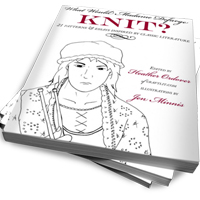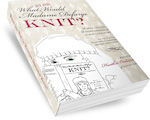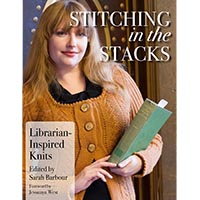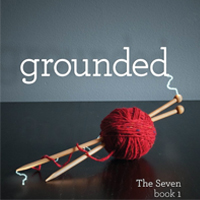Posts by Heather
Chapter 2.1—On Being an Expert (at anything)
We left off last week on the cusp of discussing automaticity—the ability to do something automatically, something you don’t need to apply a whole lot of thought to.
You may have heard of
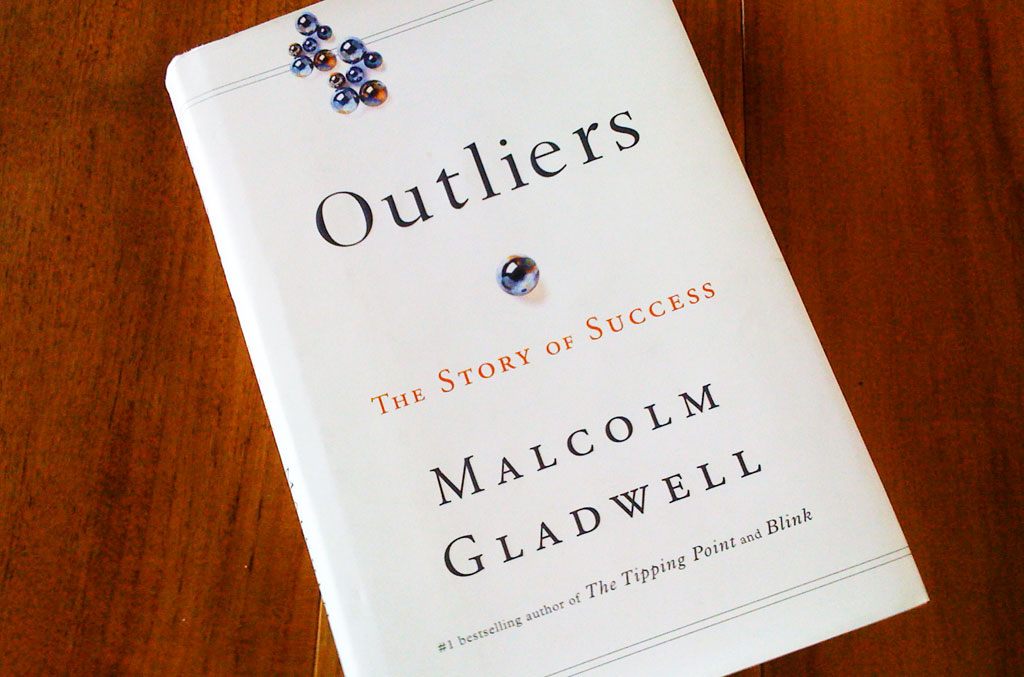
Part of what Gladwell talks about in this book is based on some 1994 research by K. Anders Ericsson and Neil Charness, published in the journal American Psychologist. Gladwell took their research on musicians and spun out its implications (we’ll get back to fiber arts and doodling in a sec). What we’re left with is data on just how much time it takes to become an expert in something—he calls this the 10 years or 10,000 hours rule:
Read MoreChapter 2.2—Mind Full or Mindful
In the previous post this week, we ended by talking about being an expert vs. being “automatic” in your knitting, crocheting, throwing pots, gardening, or doodling. I’m willing to bet that there are quilters and embroiderers, too, (not me; my embroidery is appalling) who can get into an automatic “zone,” though to my mind, you need to use your eyes much more when embroidering and quilting (a factor we’ll get to soon) and that could get in the way of the kind of automaticity we’re aiming for.
But I digress.
Read MoreChapter 2.3—Cognitive Anchoring
Last week I ended our post with this rhetorical question:
What is crafting if not a training course in both kinds of mindfulness?
Shortly after the post went live I started getting emails and comments happy and gratified to find that there is a “mindfulness” link between deliberate, focused practice (like what is needed to Zentangle or knit or crochet lace) and habitual, automatic hand movements (like doodling, knitting stockinette, or crocheting a simple granny square). I wasn’t terribly surprised. We’re good at recognizing the first as having value, right? Lace is complex, beautiful, and shows that you used your time productively.
Read MoreChapter 2.4—The Fidget Factor
We left off last time on this happy note:
In order to fully understand this, it helps to see what would happen without the knitting.
What happens to a mind if it doesn’t have something automatic to do with (for lack of a better way to put it) its hands?
What if someone can’t or doesn’t yet knit or crochet or doodle?
What then?
Chapter 3.1—Mind Wandering
Prior to a game-changing bit of research in 2009(1), most of the research on our little corner of the mind was focused on mind-wandering, daydreaming, and generalized attention issues.
The research had determined that (simplified for our purposes) the brain has two basic functioning networks when we’re conscious: a Task-Positive Network and a Default Network.
| Task-positive Network | — | Default Network |
| active thinking | — | daydreaming |
| attending | — | spontaneous mind-wandering |
| goal-directed cognition | — | which… |
| problem-solving* | — | …leads to fidgeting |
If you read up on these two you may start to feel the need to defend our friend the Default Network as the research discussions range from debates on whether it’s meaningful at all to have these definitions to whether the Default Network is implicated in advancing Alzheimer’s (as well as discussions about Autism and ADHD).
For us, however, this little definitional breakdown is useful for a couple of reasons.
Read More

